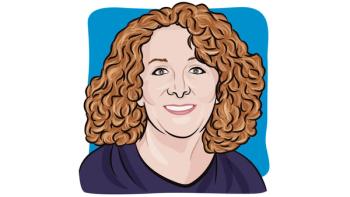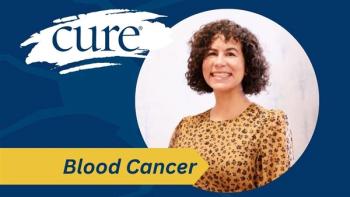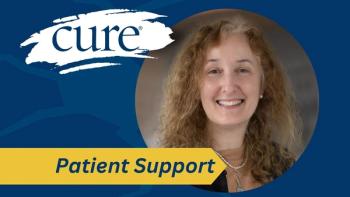
- Fall 2007
- Volume 6
- Issue 5
Secondary Sarcomas
Some cancer therapies can increase the risk of secondary cancers such as sarcoma, especially for childhood cancer survivors.
Some treatments used to fight cancer carry an increased risk of developing other cancers later in life. A recent analysis of data from the Childhood Cancer Survivor Study found patients who were successfully treated for childhood cancer develop sarcoma at a rate nine times greater than the general population.
Factors associated with a higher risk of secondary sarcomas include a younger age at diagnosis of the first cancer (survivors diagnosed with their primary cancer between the ages of 1 and 3 had the highest risk); a family history of cancer; treatment with radiation; and chemotherapy with high doses of anthracyclines. The median age in the study for patients diagnosed with secondary sarcoma was 20, and about 70 percent were diagnosed before age 24.
Making a diagnosis of sarcoma can be difficult, and information about cancer risk factors can be of great use to doctors and patients. It’s important for childhood cancer survivors to make their doctors aware of their history to help them stay alert for secondary sarcoma.
Articles in this issue
about 16 years ago
More About Painabout 16 years ago
The Problem with Pain Centersabout 18 years ago
Beneficial Riskabout 18 years ago
The New Sarcoma Storyabout 18 years ago
The HRT Connectionabout 18 years ago
In Search of Quality Mammographyabout 18 years ago
Powers of Predictionabout 18 years ago
Progress in Treating Multiple Myelomaabout 18 years ago
Use As Directedabout 18 years ago
All in the Family




